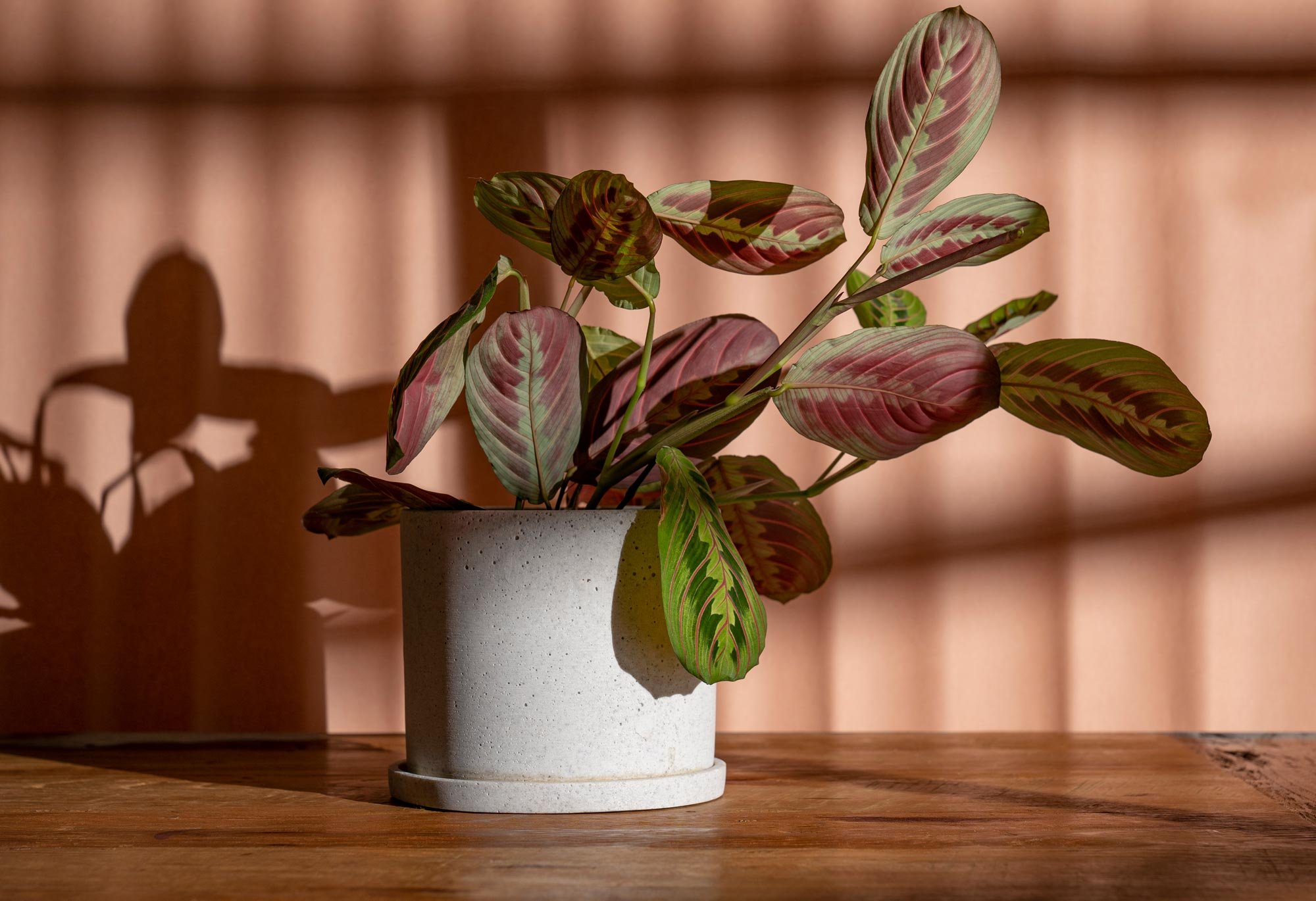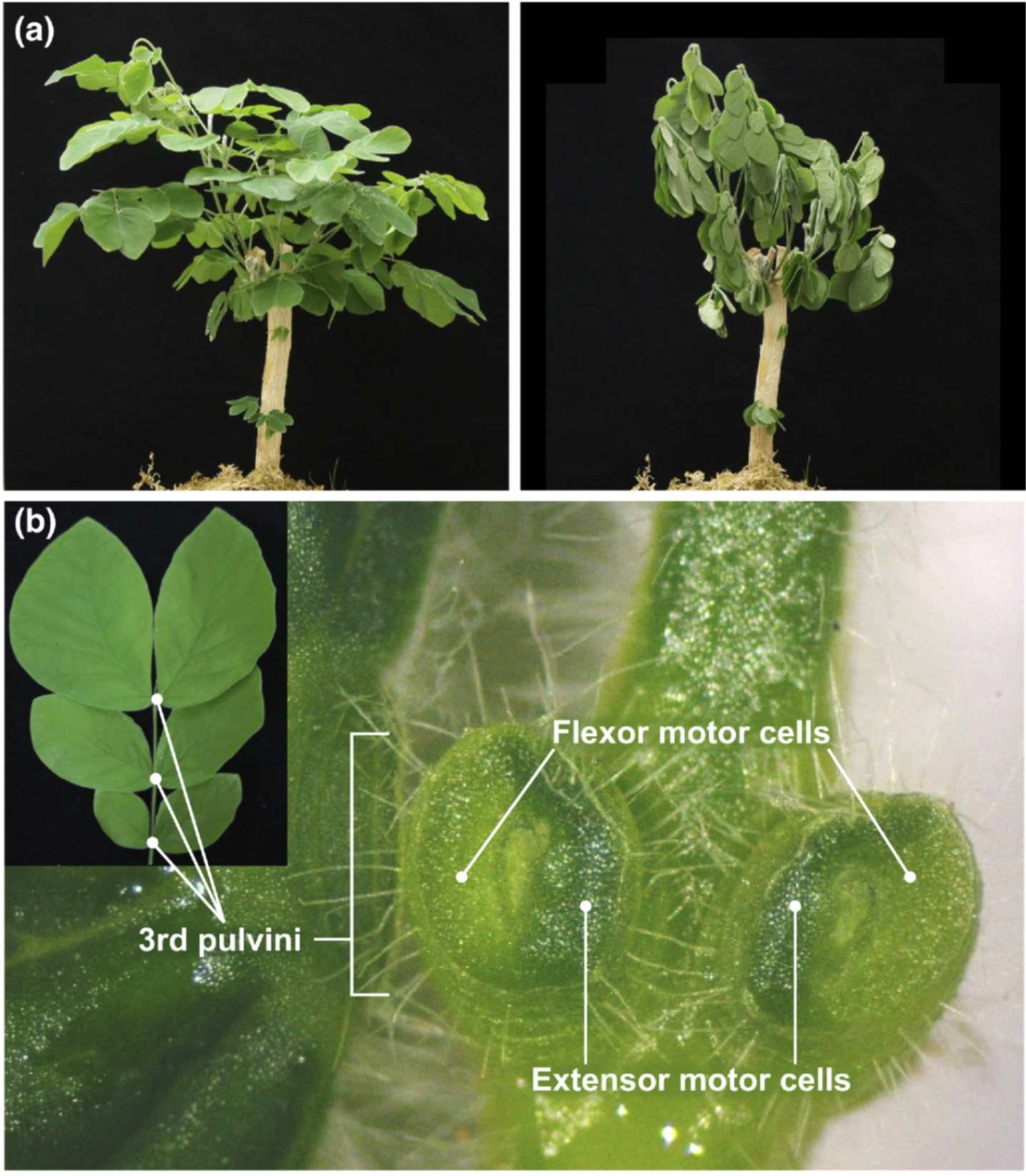Nyctinasty: the movement of plants
Did you know that all plants, even if in the slightest way, have the ability of movement? We’re not talking about the obvious types of movements plants make that can be fully explained, like a venus flytrap catching its prey or sunflowers growing toward the sun, but rather a routine reflexive occurrence called nyctinasty or nyctinastic movement. Think flowers opening and closing, leaves drooping and lifting. Plants move for a reason. So why does it happen and how exactly does it work?
What is nyctinastic movement and why do plants do it?
In the plant world, nastic movement refers to any kind of response due to external stimuli. While photonasty refers to a plant's response to light, nyctinasty (sometimes known as sleeping movements) refers specifically to the movement a plant makes in the absence of light or sunlight.
So what happens when the lights go out? Just like all living things, plants follow a type of circadian rhythm. When the sun rises, they rise — and maybe surprisingly — when it sets, they sleep. What does sleeping look like for a plant? In some cases they droop down, petals close, or leaves fold.
Why do they do it? There’s no definitive answer though some hypotheses point toward temperature control, protection from insects or herbivores, or even “preventing the disruption of photoperiodism by moonlight”.
If there’s no actual answer, then why is nyctinasty important? To offer the fullest care to your plant is to understand them in every possible way, even the things we don’t fully understand can be useful knowledge that helps your plant thrive. This is all to say: plants sleep, let them sleep.
How does it work?
While plants don’t have muscles that contract and expand like mammals, they do have joint-like clusters of cells at the base of their leaves called pulvinae which can swell or shrink thus causing movement.
Pulvinae sit at the base of leaves and cause the leaves to move.
Types of nyctinastic plants
No, all plants are not nyctinastic. Though some hypotheses may suggest that nyctinasty in plants may hold some evolutionary benefits (so maybe they’re just ahead of the curve). So what plants do close up shop when it gets dark? Legumes, prayer plants, tulips, and more.
Check out the Calathea Set in the Plant Store.
Care of nyctinastic plants
Speaking only for the nyctinastic plants we already care for in the Plant Store, the prayer plants maranta and calathea makoyana and calathea medallion, care is relatively easy. These plants actually get their name for their nyctinastic tendencies. During the day they sport flat, outstretched leaves while at night the leaves fold up as if they may be praying. Because these plants are native to Brazil/Central & South America, they prefer conditions that closely resemble their native humid environments and do best in medium to bright-indirect light exposures.
Nyctinasty remains somewhat of a mystery in the plant world. Whether it be an evolutionary step to protect plants from predators or for the preservation of their circadian rhythms, some plants sleep! Isn’t it nice to know that they’re more like us than we thought?
Plantclub.io provides you and your colleagues with the benefits of plants, wherever you work. Rent office plants and transform your space into a green oasis, with flexible monthly membership options to suit your size. Diversify your employee perks with a dedicated company store, where you can give green gifts and your team can buy plants for their home office. Book a time to chat with us today.



